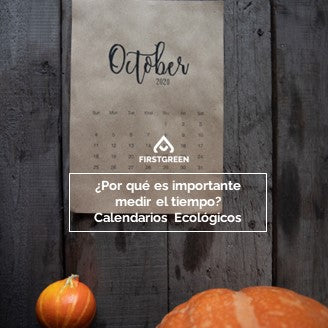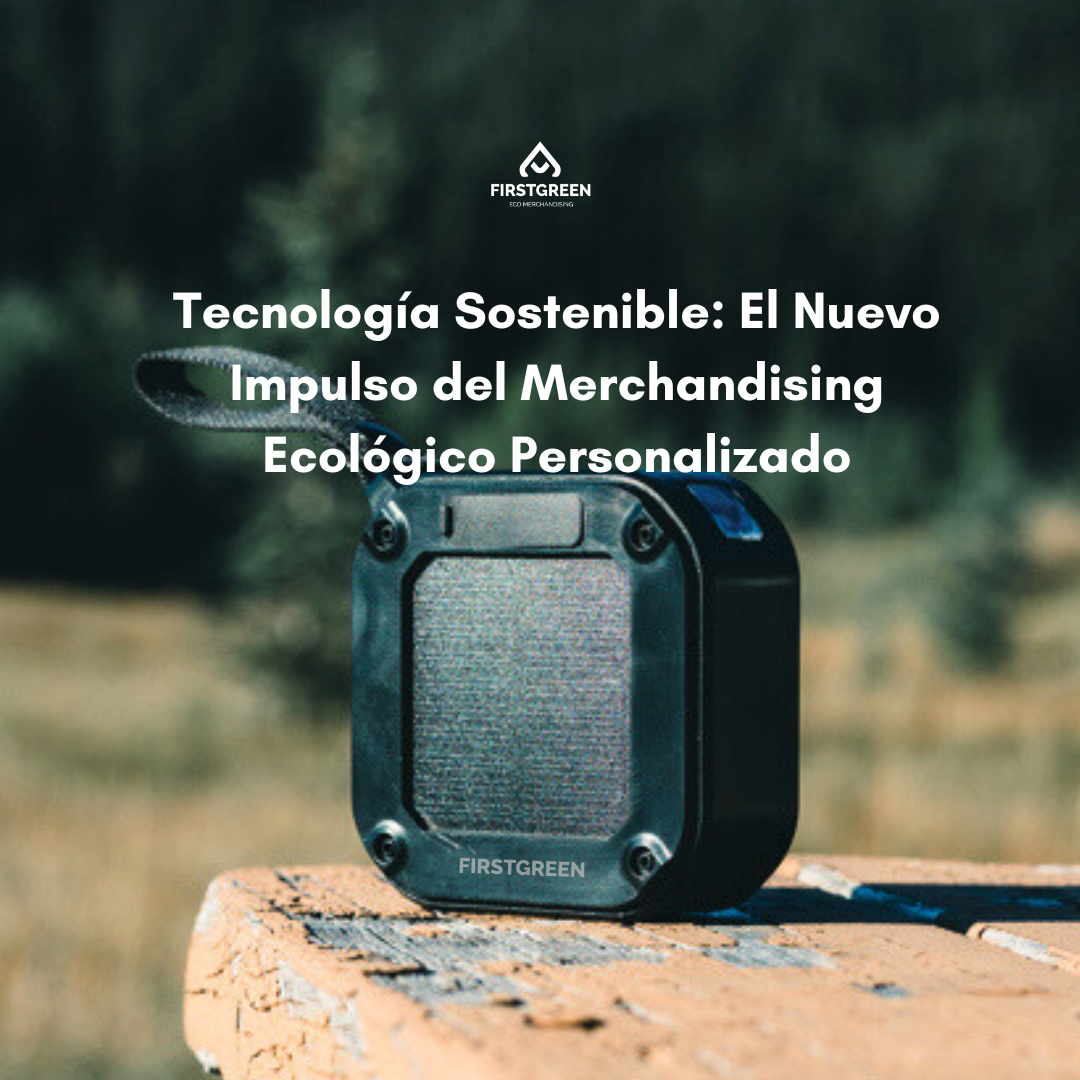A solar calendar is a systematized account of the passage of time, in days, weeks, months and years, used for the chronological organization of activities through a set of rules that attempt to make the civil year coincide with the tropical year.
A printed record of the days of the year arranged by month and week, used daily and given each year as a personalized eco-friendly corporate gift .

The need to measure time
For the first cultures, the observation of the sky was the origin that allowed man to measure time, divide it, and order it to adapt it to our tasks.
The day is historically the basic unit for calculations, the other time periods being groupings of days, weeks and months. The use of temporal measures allowed the chronological organization of activities so that the civil and tropical calendars coincided and thus be able to understand and know how to face the needs that varied according to the time and be able to adapt it to their needs, from understanding which time is best for cultivation, to following the growth of a plant or the most favorable periods for raising animals, as well as how to prepare for cold or rain, predict floods...
1.- What is a calendar and an almanac?
On January 1st we start a new agenda, calendar or almanac. It is the best time for sustainable merchandising to inaugurate its new promotional catalogues with the offer of advertising calendars 2023 .

Diaries, calendars and calendars are a must in the end-of-year gifts that companies offer to their staff and clients in their Christmas baskets .
Do you know what the difference is between one and the other? It's minimal but it exists. Do you want to know what it is?
An ecological calendar compiles all the days of a year, divided into days, weeks and months. Very often, space is left for important notes that cannot be forgotten. It is a fundamental part of work diaries and goal management .
This cheap and effective merchandising for fairs and congresses is a very useful tool due to its immediacy in the constant visibility of noted appointments. The ease of printing allows it to be adapted to any object that is always in sight. From the desk calendar, to Christmas diaries, mouse pads, or even pencil holders, without forgetting the digital calendar.

The calendar also includes astronomical information and saints' days. These are advertising calendars for 2023 that we usually place on the wall (if they are magnet calendars on the refrigerator), so a more decorative function can be added. They can be personalized with phrases that identify your company or service, but they are usually the ones that are placed in very visible places in offices and homes that remind us of birthdays and important appointments.
For companies, a calendar is essential in office furniture, whether it is a personalized calendar made of recycled cardboard, or the special perpetual bamboo office calendar, a premium item that will mark time in a lasting and repetitive way without having to change it every year.

2- Why calendars are divided into days, weeks, months and years
Throughout history, each culture has created its own calendars, of which there are many. We will stick with the Egyptian calendar, which is the beginning of the Gregorian calendar that we use today in practically the entire world.
Astronomical observations and their coincidence with periodically recurring physical phenomena allowed man to relate mundane activities to periods of time that could be marked on the calendar, first by days, then by weeks, months, and finally years.
Already in Ancient Egypt, man began to measure time through careful observation of the sky, the stars and the moon. Using a lunar calendar, a solar (civil) calendar and a secondary lunar calendar that specified the ephemerides.
Egyptian culture considered the moon to be a goddess with different faces, and each time it showed a new face it deserved a day to be celebrated in its honor, thus giving rise to the temporal division of the month.
Upon further observation, they noticed that the moon showed four different forms every 7 days. We refer to the crescent moon, full moon, waning moon and new moon, giving rise to the weeks.
The astronomical priests observed that this lunar calendar was not practical when it came to measuring longer periods and seasons that would allow them to predict the flooding of the Nile River, so they began to compare long periods with measurements referring to the movement of the sun and the stars, thus giving rise to the first known 365-day solar calendar for civil use and thus be able to adapt to the discrepancy between astronomical and seasonal periods.
The Egyptians divided the year into three agricultural seasons, which began with the regular annual flooding of the Nile.
The Egyptian calendar of the early 3rd millennium BC is the first known solar calendar. It was divided into 12 months of 30 days each, organized into three periods of 10 days. At the end of the last month of each year, the five days (epagomenal) missing to complete the solar year were added, dedicated to various Egyptian gods.
It was they who discovered the year, through observation of the stars,
The current calendar is the Gregorian calendar.
This is the calendar used in almost the entire world. The rhythm of European life for many centuries was based on an agricultural life and therefore very dependent on the cycle of the seasons. When the Catholic Church consolidated itself as the most powerful institution, it imposed its time measurements.
The ecclesiastical year was divided into four periods: from Easter to Pentecost, from Pentecost to September, from September to Lent, and from here until Easter.
At the Council of Trent the liturgical calendar was regulated, and to this end corrections were introduced in the civil calendar to adapt it to the tropical year and thus make the Easter festival coincide with the astral moment, whose offset produced by the inaccurate calculation of the number of days of the tropical year (365.25) the correct one being 365 days, 5 hours, 48 minutes and 45.10 seconds had caused the festival to be brought forward up to 10 days.
The Gregorian calendar distinguishes between:
Common year, the one with 365 days
Leap year, the year with 366 days (years that are multiples of 4, except secular years)
Secular year, the one ending in “00”.
Nowadays we move around specific dates and times. Time measurement is a routine that marks all aspects of our lives, work schedules, meeting times, dates, anniversaries.



